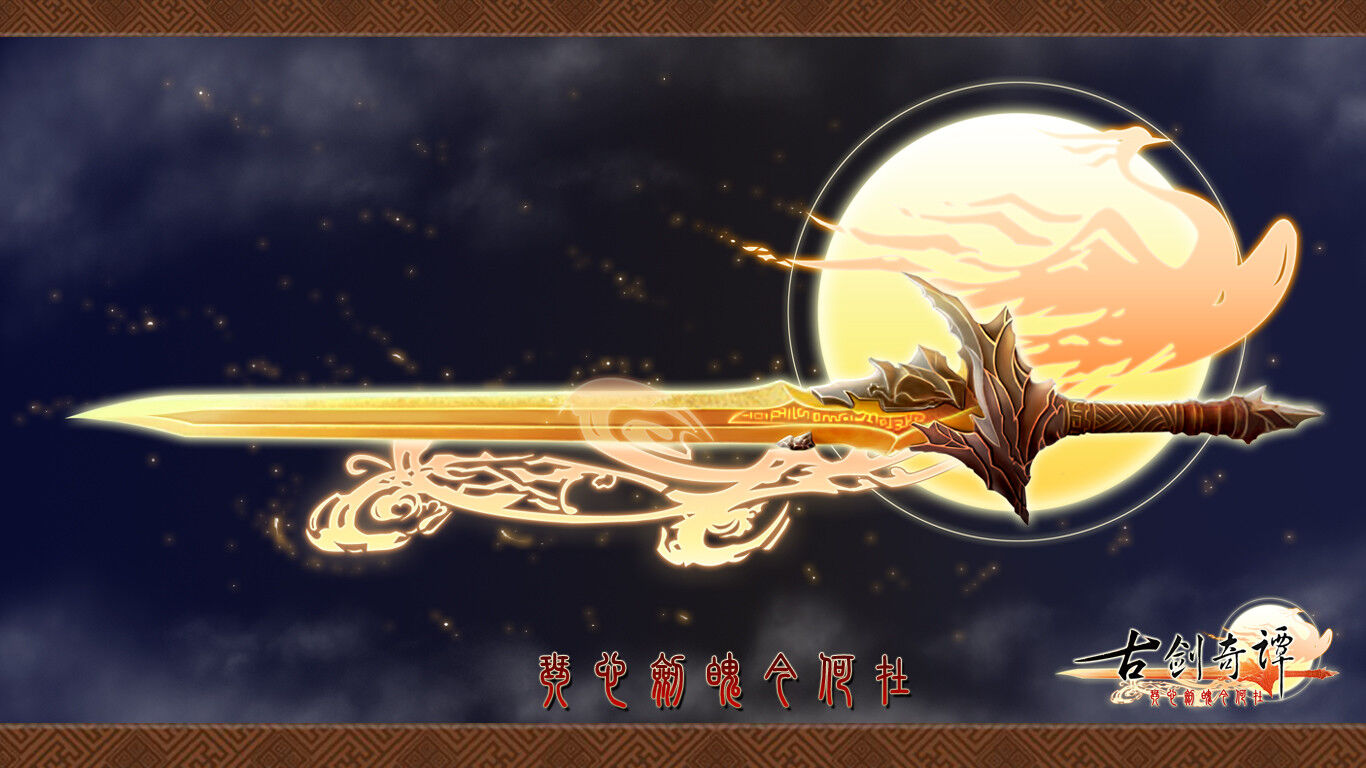poi结合模板引擎导出word
前言
最近一期需求开发遇到导出一个复杂的word用代码实现巨难受,特意找了个便捷方法实现
依赖
<dependency>
<groupId>cn.hutool</groupId>
<artifactId>hutool-all</artifactId>
<version>5.7.10</version>
</dependency>
<dependency>
<groupId>cn.afterturn</groupId>
<artifactId>easypoi-base</artifactId>
<version>4.4.0</version>
</dependency>代码实现
public static void main(String[] args) throws Exception {
StringWriter writer = new StringWriter();
JSONObject json = new JSONObject();
json.put("name", "张三");
// 创建模板引擎
TemplateEngine templateEngine = TemplateUtil.createEngine();
Template template = templateEngine.getTemplate(getContent());
// 合并模板和数据
template.render(json, writer);
String templateContent = writer.toString();
htmlToWord(templateContent);
}
public static void htmlToWord(String htmlString) throws Exception {
FileOutputStream out = new FileOutputStream(new File("D:/wordWrite.doc"));
InputStream is = new ByteArrayInputStream(htmlString.getBytes("UTF-8"));
POIFSFileSystem fs = new POIFSFileSystem();
//对应于org.apache.poi.hdf.extractor.WordDocument
fs.createDocument(is, "WordDocument");
fs.writeFilesystem(out);
is.close();
out.close();
}
private static String getContent() {
String s = "<!DOCTYPE html>\n" +
"<html lang=\"en\">\n" +
"<head>\n" +
" <meta charset=\"UTF-8\">\n" +
" <title>Title</title>\n" +
"</head>\n" +
"<body>\n" +
" <P>${name} 这是名字</P>\n" +
"</body>\n" +
"</html>";
return s;
}一些表单html简单示例
- 收据
<!DOCTYPE html> <html lang="en"> <head> <meta charset="UTF-8"> <meta name="viewport" content="width=device-width, initial-scale=1.0"> <title>收据</title> </head> <body> <style> * { margin: 0; padding: 0; } .container { height: 100%; margin: 10px; } .title { font-size: 24px; font-weight: bold; margin-bottom: 20px; width: 100%; text-align: center; } .table, .table-title { margin-top: 20px; } .on { display: block; } .off { display: none; } table { width: 100%; border-collapse: collapse; } </style> <div class="container"> <div class="title">收据</div> <table> <tr> <td>收据日期:${receiptDate}</td> <td style="text-align: right;" class="${display}">收款对象:${customerName}</td> </tr> </table> <div class="table-title">费用明细:</div> <table border="1"> <thead> <tr> <th>项目</th> <th>单价</th> <th>数量</th> <th>金额</th> </tr> </thead> <tbody> <#list costList as cost> <tr> <td>${cost.name}</div> <td>${cost.price}</div> <td>${cost.amount}</div> <td>${cost.money}</div> </tr> </#list> </table> <table style="margin-top:20px"> <tr> <td>收款单位:${companyName}</td> <td style="text-align: right;">交款人:${payer}</td> </tr> </table> </body> </html>
总结
以上就是代码示例内容,只要掌握html和css就可以基本解决word的复杂样式内容
但请注意以下几点问题
- html 格式导出的word格式为doc,只有doc格式支持,docx不支持html,如需要转换docx可引入其他工具类进行转换
ps:(word软件自身就可以转换没必要去实现这个,产品非得要实现纯属于故意为之~)
html 中尽量使用table,p,span等元素标签
html 中的引用使用ftl模版引擎
css样式有些并不支持,比如flex,div中设置width=百分比等等
终于不用为调样式而烦恼了🥰~
本博客所有文章除特别声明外,均采用 CC BY-NC-SA 4.0 许可协议。转载请注明来自 小仓鼠!
评论






